All About
Drainage Basins
The Story of Korea’s Water,
from Baekdusan Mountain to Hallasan Mountain

WRITTEN BY
Seong Hye-kyeong
Illustrated by
Cho Kyungkyu
People have been purchasing water to drink for ages. How do people choose which water to drink among the many different brands? Once people stop focusing on the flashy designs and famous people used in advertisements, they realize that water should be chosen based on the source, that is to say, the drainage basin.
1
Water Created by NatureJeju Volcanic Artesian Water
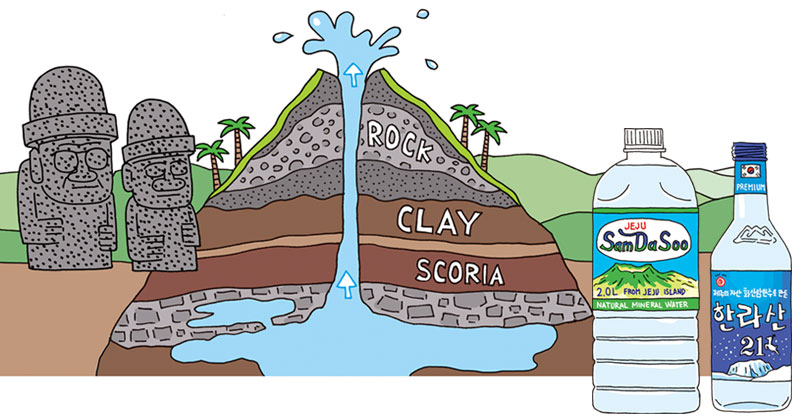
In the past, Koreans believed water from volcanic Hallasan Mountain was clean and pure, though they were unaware of the scientific reasons for this.
Jeju Island is a volcanic island with a layer of volcanic rock that was formed about 500,000 years ago. This layer of volcanic rock is known as the largest natural water purifier on Earth due to its unique geological structure that pollutants cannot penetrate, as well as the fine filtering of volcanic clusters and basalt.
Volcanic artesian water, filtered from Jeju Island’s layer of volcanic rock, is famous for its cool, refreshing taste and excellent quality. It boasts a more refreshing taste thanks to its very low calcareous content.
Jeju Island’s volcanic artesian water has developed its own strong competitive power. Samdasoo is made from mineral water that comes from Jeju Island’s volcanic artesian water. Koreans refer to it as the “national mineral water.” Hallasan Soju is loved by soju drinkers for its clean, refreshing taste.
2
Mineral Water that HealedKing Sejong’s Eyes Mineral Water from Chojeong, Cheongju City
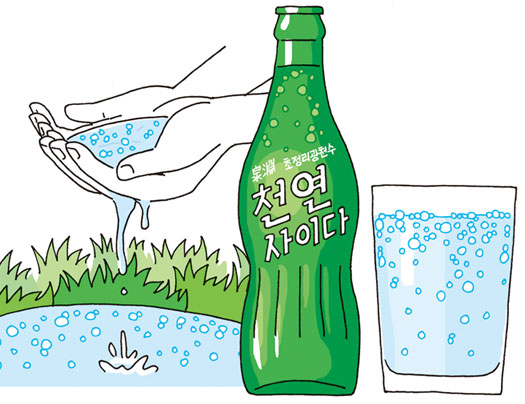
Discovered about 600 years ago, Chojeong’s natural sparkling cold mineral water springs from Chojeong-ri, Cheongju City. The mineral water has gained fame not only for its sparkling quality, but also for its excellent properties that aid in the treatment of eye and skin diseases. In particular, there is a record that King Sejong the Great stayed at Chojeong-ri for over 60 days to treat his eye disease with Chojeong mineral water.
Sparkling water and carbonated drinks made with Chojeong mineral water are characterized by their strong carbonation compared to other forms of sparkling water and carbonated drinks.
3
Era of Drinkable Tap Water Seoul Arisu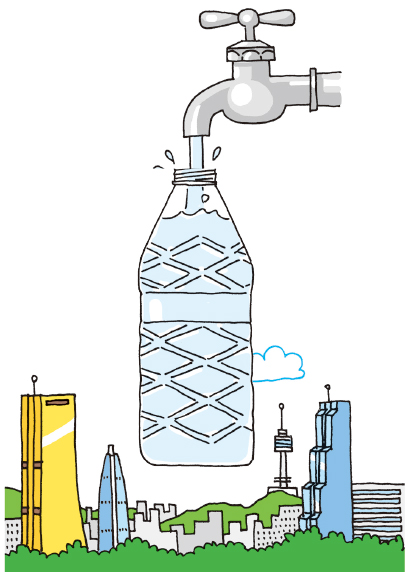
Reservoirs, dams and rivers located throughout Korea are the country’s main sources of water. However, a high level of purification treatment is required in order to use water from drainage basins for living or drinking purposes. The Seoul Waterworks Authority has worked to dispel this distrust by supervising inspections conducted by internationally recognized water quality inspection agencies and disclosing real-time water quality conditions. These actions have helped usher in an era of drinkable tap water. The Seoul Waterworks Authority has improved the odor generated by disinfectants, the biggest barrier to drinkable tap water, by introducing a new advanced water purification process.
4
Bottled Mineral Waterwith a Local Identity Incheon Metropolitan City’s Michuhol Chammul
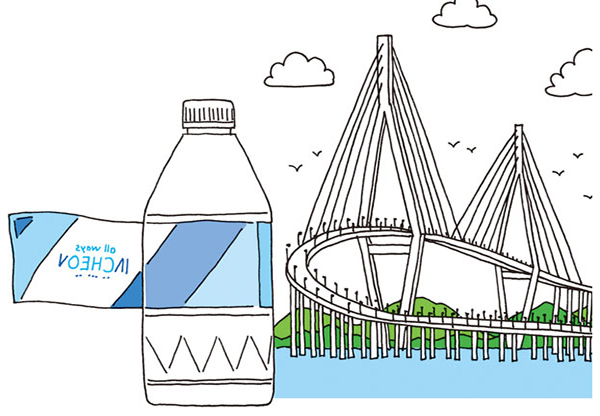
In addition to Seoul, many regions, including six metropolitan cities, are producing bottled water that reflects the characteristics of each region. A representative example is Michuhol Chammul from the Waterworks Headquarters Incheon Metropolitan City. Incheon Metropolitan City has been practicing ways to solve environmental problems based on the slogan “Incheon, a special city for the environment.” Incheon Metropolitan City has taken the lead in creating bottled water that can be recycled through the use of label-free bottles for the first time in Korea.
5
A Gift from the Layer ofVolcanic Rock Spring Water from Baekdusan Mountain’s Volcanic Bedrock
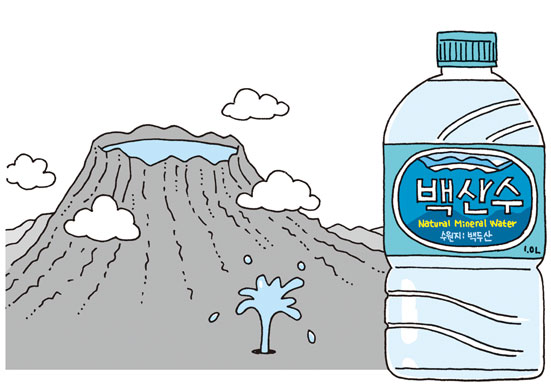
Baekdusan Mountain’s Cheonji Lake is a caldera formed by a volcanic eruption. The water in Cheonji Lake passes through a basaltic layer and a pumice layer that are, on average, several hundred meters thick. The process filters out impurities, leaving behind only essential minerals. The spring water from Baekdusan Mountain’s volcanic bedrock boasts a clean and refreshing taste thanks to the natural filtration process. The water springs up on its own in a protected area of a pristine old-growth forest located roughly 50 km (roughly 31 miles) from Baekdusan Mountain. An abundance of various minerals are dissolved in the spring water.
Other Articles
-

Special Ⅰ Where Creativity Flows
-
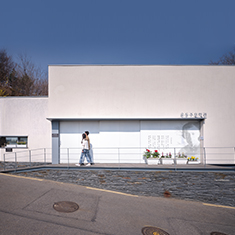
Special Ⅱ A Pumping Station with Spirit
-

Trend All About Drainage Basins
-
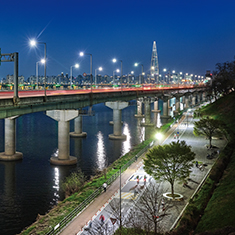
Hidden View City of Lights
-
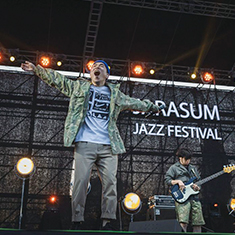
Interview A Bit of Traditional
Musical Futurism -

Art of Detail Fragrant Fashion
-
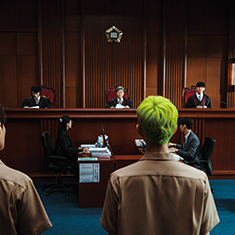
Film & TV When Justice Fails
the Youth -

Collaboration Making the Unfamiliar Familiar
-
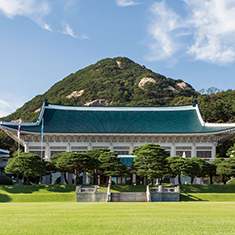
Current Korea Cheong Wa Dae,
Back to The People -

Global Korea Hanbok Appears
in the MV of a Pop Artist
